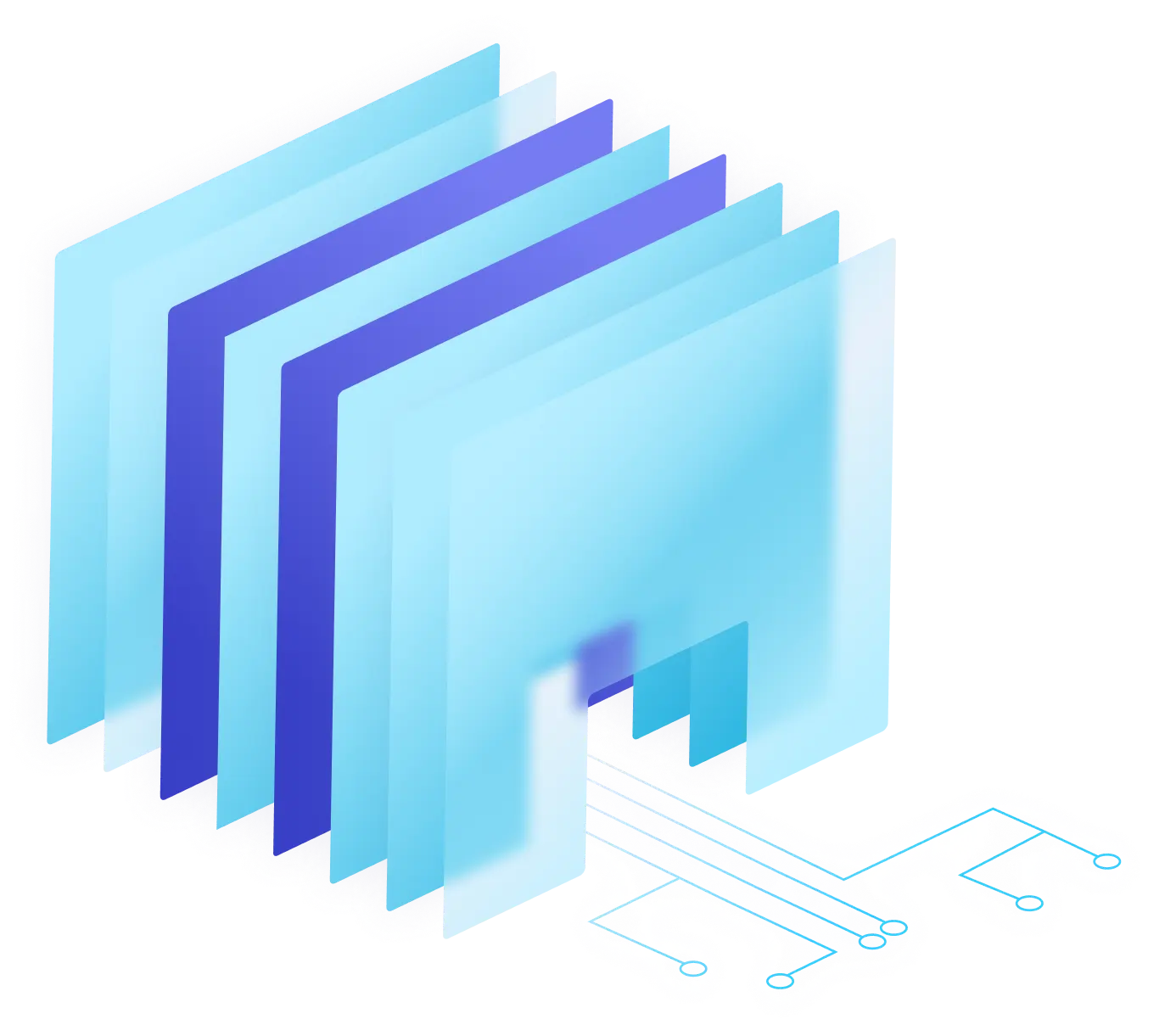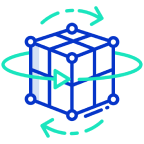
 Decentralized Gateways
Decentralized Gateways
Connecting traditional browsers with the decentralized web
 ADVANTAGES
ADVANTAGES
Features
Secure
Prevents Man-in-the-middle attack while ensuring non-tamperable translation
Trustless
Run inside Oyster (TEE) providing secrecy of inputs.
Decentralized
Executed by a decentralized network of operators
View our documentation
Can't find the answer you're looking for? We have a database of useful documents and resources dedicated to help you
 FAQ
FAQ
Questions?
We have answers
A trusted execution environment (TEE) is a secure area of a main processor. It helps code and data loaded inside it to be isolated from other processes usually at a hardware level in order to provide confidentiality and integrity. Data integrity prevents unauthorized entities from outside the TEE from altering data, while code integrity prevents code in the TEE from being replaced or modified by unauthorized entities, which may also be the computer owner itself.
Oyster is a sub-network of Marlin that specializes in offering TEE-based coprocessors. It is fast, cheap and secure. It allows instances to be rented individually for any stretch of time or for tasks to be delegated amongst a pool of nodes in a serverless way without individually renting instances and paying only for the duration of the task's execution. Nodes can be rented and tasks delegated using both smart contract calls and web 2 APIs. A set of auditors routinely query Oyster nodes to ensure uptime guarantees.
Oyster is very flexible and versatile. Developers can port existing web 2 applications on Oyster, write code in the programming language of their choice and use popular libraries and frameworks. Additional benefits include:
1. Secure: Hardware isolation ensures that programs run correctly as intended without exposing their contents and prohibiting interference from the host machine or its owner.
2. Fast: Oyster nodes are essentially like usual servers. There’s no redundancy in computation, complex protocol logic or cryptography. Thus, apart from a little TEE overhead for encrypted memory access, Oyster nodes are very performant and provide an experience similar to running programs on a normal machine.
3. Cheap: TEEs can be considered commoditized. While a little more expensive than vanilla servers, they are very cheap compared to blockchains, MPC, FHE or ZK proofs. Consequently, TEEs are a very affordable mode to carry out computations verifiably.
Oyster is a permissionless network. As such, programmers can contribute to its codebase, developers can build trustless web 3 applications by deploying their backends on Oyster nodes and infrastructure providers can run TEE-enabled Oyster nodes.
| Features | Trusted Execution Environments (TEEs) | Zero-Knowledge Proofs (zk) |
|---|---|---|
| Main Purpose | Secure execution of code in an isolated environment | Prove knowledge without revealing it |
| Scalability | Generally good, limited by hardware | Limited by computational overhead |
| Performance | Faster as it leverages direct hardware support | Generally slower due to the cryptographic operations required |
| Support for Complex Computations | Better suited for complex computations, given adequate TEE capabilities | Limited, best suited for simpler proofs |
| Development Complexity | Medium, as it often involves utilizing existing hardware features | High, requires expertise in cryptography |
| Integrity Verification | Verified by hardware and software measures internal to the TEE | Can be verified publicly without revealing underlying data |
| Trust Model | Hardware-based trust; relies on the manufacturer and design of the TEE | Cryptographic trust; no need for trusted hardware |
| Overhead | Low to medium, depending on the implementation | High, due to complex calculations |
| Portability | Dependent on specific hardware and therefore less portable | Can be implemented in software across different platforms |
| Data Privacy | Yes, data is protected within the TEE | Yes, no data is revealed |
| Regulatory Acceptance | Subject to hardware security review and potential backdoor concerns | Subject to cryptographic review |
| Attestation Capability | Hardware and software attestation mechanisms provide trust assurance | Mathematical proof provides attestation of correctness |
| Finality | Instant execution within the TEE | Instant verification once proof is computed |
| Maturity | Well-established with industry standards | Relatively new, rapidly evolving |
























 APPLICATIONS
APPLICATIONS



















 WRITINGS
WRITINGS

